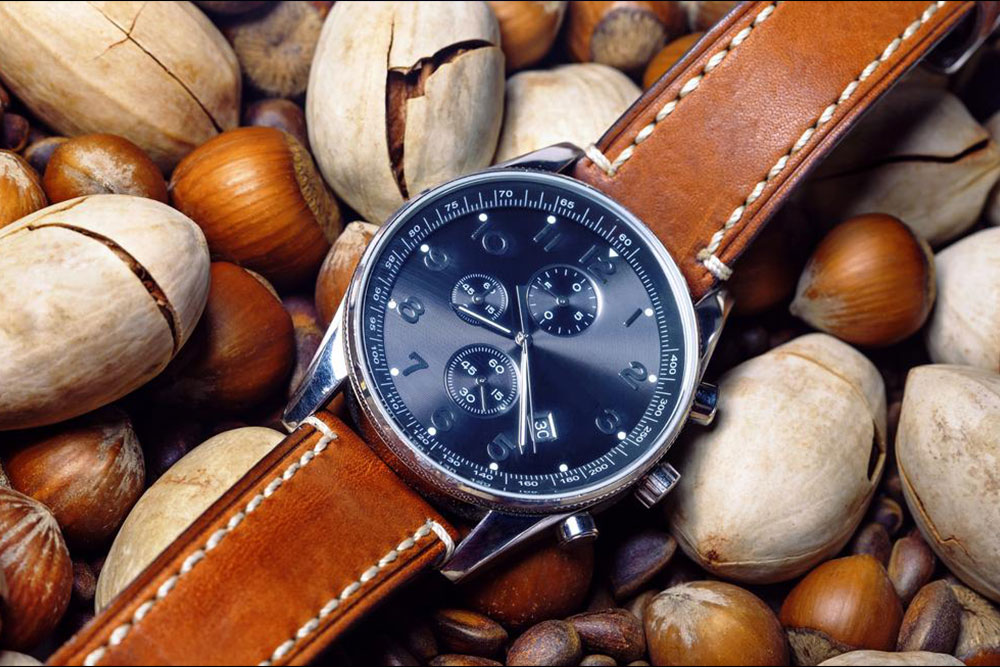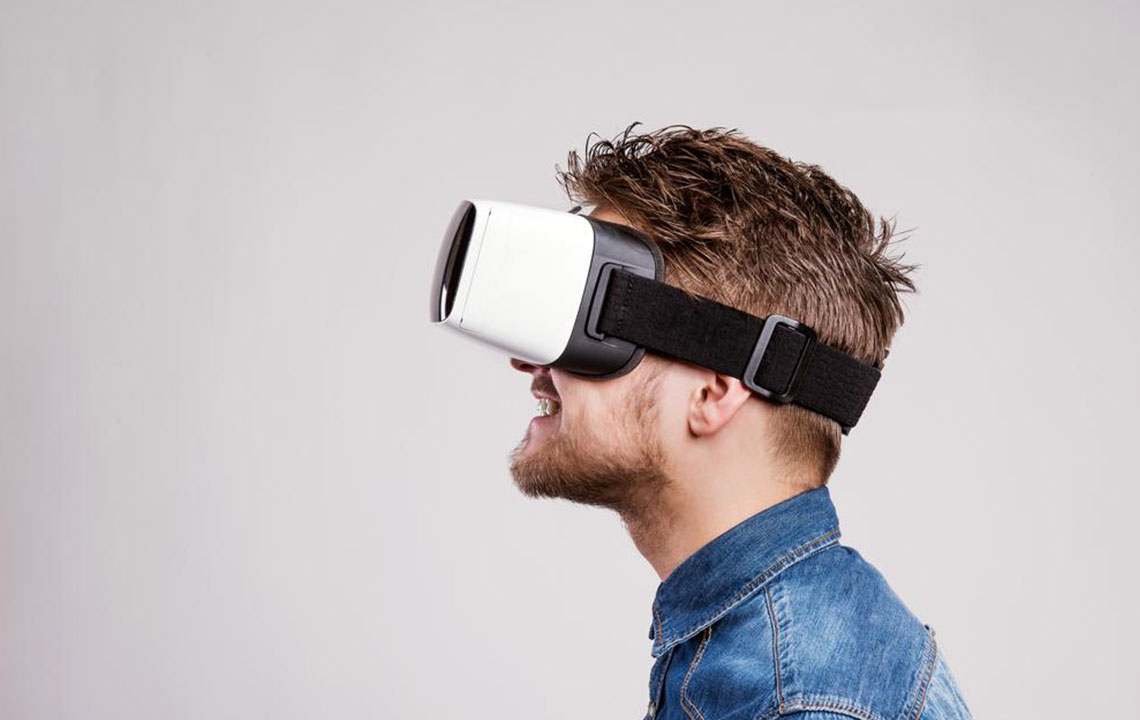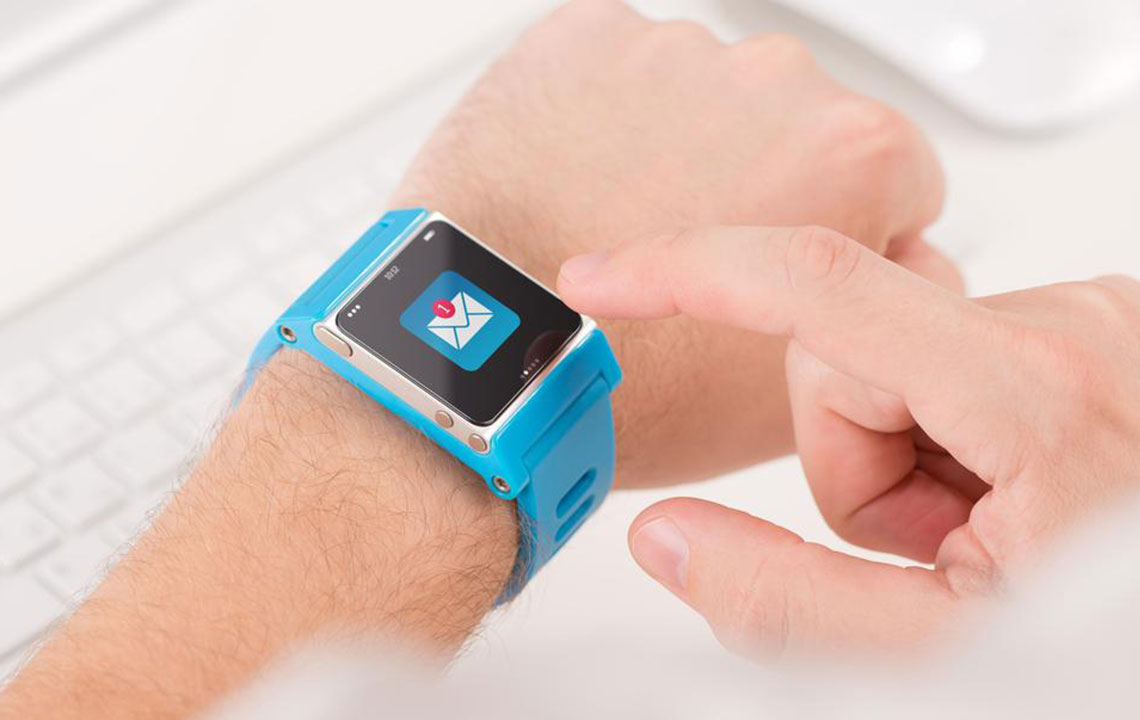Exploring the Future of Connected Wearables: In-Depth Insights into Smart Clothing Technology
Discover the transformative potential of smart clothing and wearable tech, which seamlessly combines advanced sensors with fabrics for fitness, health monitoring, and fashion. Learn about its benefits, diverse applications, and future trends shaping the industry. This comprehensive guide highlights how smart apparel is revolutionizing personal wellness and healthcare, making it more practical, accurate, and stylish for everyday use.

The Future of Connected Apparel: What You Should Know
In recent years, the realm of wearable technology has experienced rapid growth, with smart clothing emerging as one of its most exciting and innovative sectors. Combining advanced sensors with sophisticated fabrics, smart garments are redefining how we approach fitness, health monitoring, and even daily fashion. This article offers an extensive analysis of the current status, benefits, and future prospects of smart clothing, highlighting its potential to revolutionize personal wellness and healthcare. As manufacturers continue to develop and release a variety of smart apparel options, understanding this technology can help consumers and industry stakeholders better grasp their significance and practical applications.
Smart clothing, also known as smart apparel or e-textiles, integrates interactive textiles equipped with sensor technologies that collect, analyze, and transmit data directly from the fabric. While still an emerging industry, it holds enormous promise for various sectors including health and fitness, medical care, sports, and fashion. Businesses are investing heavily in smart textiles due to their ability to deliver real-time physiological data, offering new opportunities for personalized health management and innovative clothing design.
Manufacturers are now actively releasing their own lines of intelligent garments, acknowledging the vast potential of this technology. These smart clothes are designed not only to provide comfort and style but also to deliver actionable health and activity data through seamless connectivity with smartphones and other devices. This seamless integration enables users to track their health metrics more conveniently and discreetly, compared to traditional wearable devices like fitness bands or wristwatches.
What Are the Key Benefits of Smart Clothing?
If you’re curious about how smart clothing can benefit you or your organization, understanding its core advantages is essential. Here are some of the main benefits that this revolutionary technology offers:
Comfort & Convenience – Smart garments are typically lightweight, soft, and designed to resemble everyday apparel, making them comfortable and unobtrusive to wear all day long. Unlike bulky devices that need straps or attachments, these clothes integrate sensors within the fabric itself, offering a more natural experience. Many brands are now developing washable smart textiles, which means you can clean your garments with ordinary laundry, further enhancing practicality. Some smart clothing lines incorporate waterproof or water-resistant sensor technology, making them suitable for various environments and activities.
Enhanced Data Accuracy – Positioning sensors directly within the fabric—close to the skin—ensures more precise and reliable data collection. This proximity reduces inaccuracies common to external wearable devices, providing more detailed insights into your physical activity, heart rate, respiration, and other vital signs. Such accuracy is especially vital for medical applications, where precise monitoring can inform diagnosis and treatment plans.
Comprehensive Data Collection and Analysis – Modern smart apparel is capable of monitoring a wide range of physiological parameters, including breathing patterns, muscle activity, and even sweat levels. This extensive data collection allows users to optimize their workouts, improve recovery times, and prevent injuries. For example, fitness enthusiasts can analyze their breathing during yoga sessions to refine their techniques, while athletes can monitor muscle fatigue during intense training.
Integration with Healthcare Systems – The healthcare industry is increasingly adopting smart textiles for remote patient monitoring and health management. These smart garments can continuously track vital signals such as heart rate, respiratory function, and even infant breathing habits, providing valuable data for doctors and caregivers. This integration facilitates early detection of health issues and allows for more personalized, remote care, reducing hospital visits and improving patient outcomes.
Ease of Use and Connectivity – Many smart clothing products are designed for effortless connectivity with smartphones, tablets, or specialized healthcare devices. This enables features like social sharing, GPS tracking, activity logging, and alerts directly through linked apps. The user-friendly interfaces encourage more consistent use and promote healthier lifestyles by making data accessible and engaging.
Diverse Applications of Smart Clothing
The variety of smart apparel available today is impressive. From athletic wear to fashion statements, the applications are broad and continually expanding. Common forms include smart shoes, bras, leggings, dresses, jackets, and even socks. This diversity reflects the versatility of smart textiles and their ability to blend functionality with style seamlessly.
Leading brands like Hexoskin have introduced smart sportswear that provides real-time biometric data, while Samsung has released NFC-enabled suits capable of transmitting health metrics. The Owlet Smart Socks monitor infant respiration and heart rate to ensure parents can oversee their babies' health remotely. Levi’s teamed up with Google to create the Jacquard jacket, which responds to gestures and can control smartphones and other devices. These innovations demonstrate how smart clothing is becoming more integrated into our daily routines.
Looking ahead, the future of smart textiles promises even more exciting developments. With advancements in nanotechnology, AI, and sensor durability, we can expect smarter, more comfortable, and fashion-forward clothes that support health, wellness, and lifestyle needs. As these products become more affordable and accessible, they will likely move from niche markets into mainstream retail spaces, transforming how we define clothing and wearable technology.
In conclusion, the expanding world of connected apparel holds enormous potential to enhance personal health, provide convenience, and elevate fashion experiences. Whether for fitness, medical monitoring, or simply making a style statement, smart clothing is poised to become a staple in our wardrobes and healthcare routines. Staying informed about these innovations enables consumers to make smarter choices and embrace the future of wearable technology fully.
Explore the growing integration of smart textiles and wearable tech—beyond clothing, including accessories like smart jewelry, wristbands, and smartwatches—to find solutions that enhance your health, style, and daily life.




